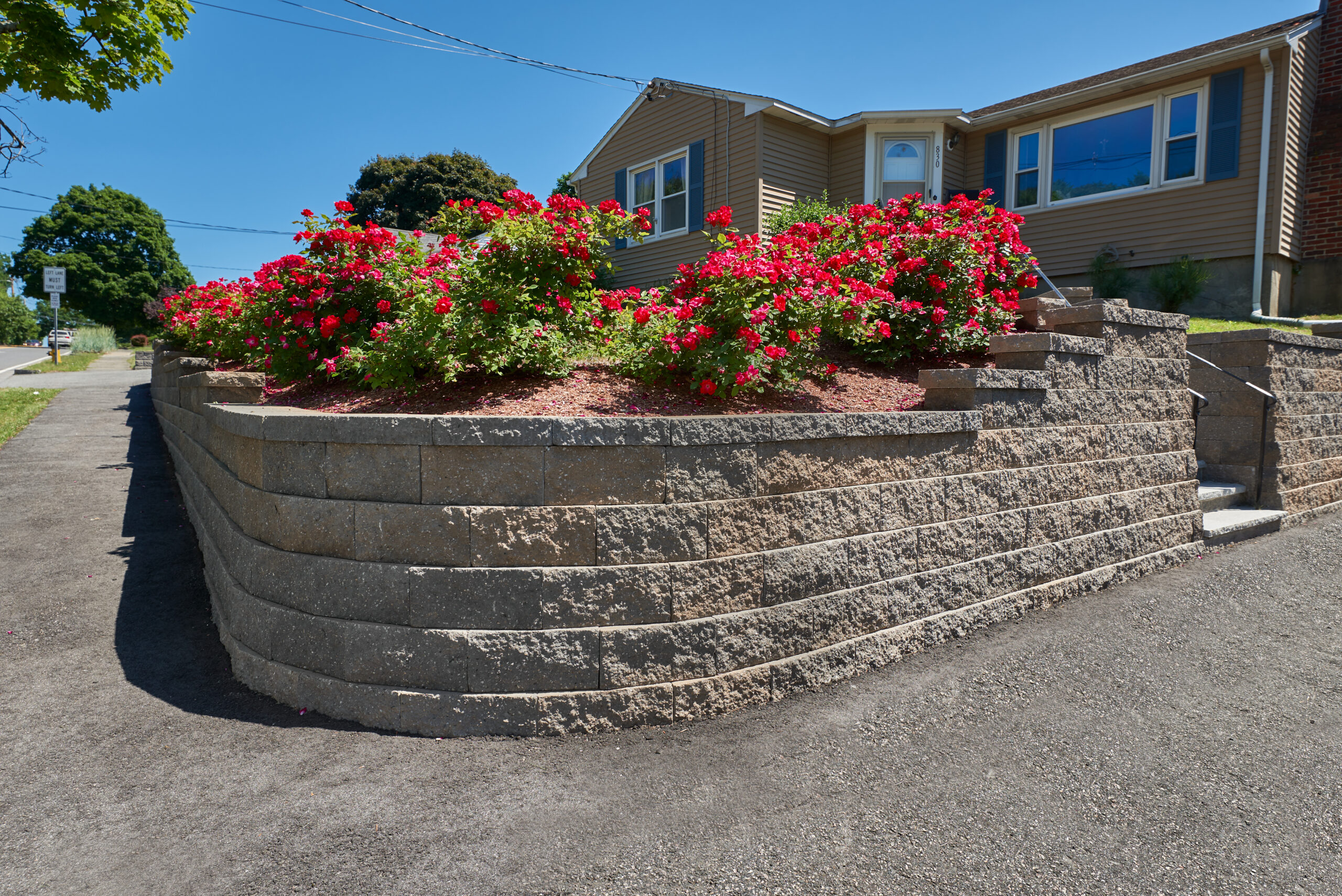The wall blocks for retaining are evolving from their original function to become the orchestrators of the outdoor canvas. These movable elements that seamlessly mix functionality and aesthetics have become essential features of modern landscaping design. This article focuses on the numerous benefits of retaining walls, and sheds light on how they can transform outdoor environments.

With a broad range of shapes, sizes, and colors available the retaining wall blocks are the possibility of creating new hardscapes. They allow homeowners the ability to express their own aesthetic ideas. The design possibilities are endless no matter if they’re made of the natural beauty of concrete or stone. Landscape architects and designers make use of them to create captivating and cohesive outdoor spaces that are reflective of the distinctiveness of the surrounding landscape.
Guardians of Stability: Beneath Surface Allure
Beyond their visual allure, retaining wall blocks unfold a plethora of functional benefits. As custodians of the landscape, retaining wall blocks protect it from eroding. These blocks give stability to sloped or uneven terrains. They transform unbalanced landscapes into level sanctuaries suitable for relaxing outdoor living and lush gardens.
Retaining wall blocks are a smart and cost-effective choice for homeowners who wish to improve their landscapes. The easy installation process and the low maintenance requirements make retaining wall blocks an economical solution. They do not only help create visually appealing walls, they can also withstand the elements, providing enduring security without losing aesthetic appeal.
Versatile Sculptors: Defining Outdoor Living Areas
Retaining Wall Blocks transcend their role and are sculptors that define and define the outdoor living space. By integrating them strategically with the surrounding landscape, property owners can to create distinct zones that accommodate a variety of activities like al fresco eating, relaxation, or gardening. Blocks can be used as design elements for privacy and highlighting landscape features, like sculpture gardens, or water gardens.
The ability to stack precast concrete landscaping blocks is one of the best attributes. They can support three courses in height before needing geogrid reinforcement to strengthen the soil behind them. To increase stability and durability, as walls get taller the need for larger sizes is evident. Carefully designed to ensure seamless interlocking blocks, they provide the foundation that is structurally solid for landscaping projects. Geo-grid reinforcement will ensure durability and a long-lasting structure, fortifying the retaining walls against the forces exerted by the soil.
The Right Block for Your Ambiance
The selection of retaining wall blocks is a carefully curated selection process by weighing factors such as shape, size texture, color and shape in harmony with the outside environment. The choice of retaining walls is determined by functional factors such as height and retention. This intelligent selection does not only ensure just structural integrity but also a harmonious visual appearance, improving the overall design.
Conclusion: A Symphony of Resilience
In summation, retaining wall blocks are transformative elements in landscape design, contributing to resilient and sustainable landscaping practices. With their endless design possibilities in terms of their capacity to hold and secure, and ability to create living spaces, these subtle blocks transform into silent guardians in redefining outdoor spaces and weaving a story of harmony and a sense of timelessness through the landscape. From minimalistic elegance to functional fortitude, retaining wall blocks serve as the sculptors who create nature’s symphony in the great outdoors.